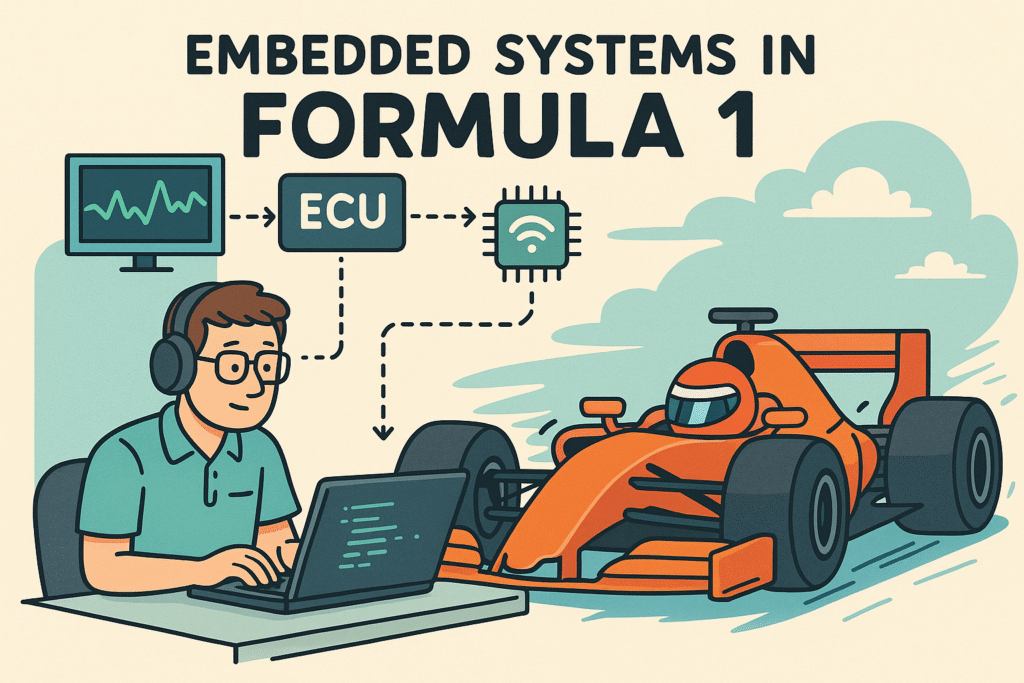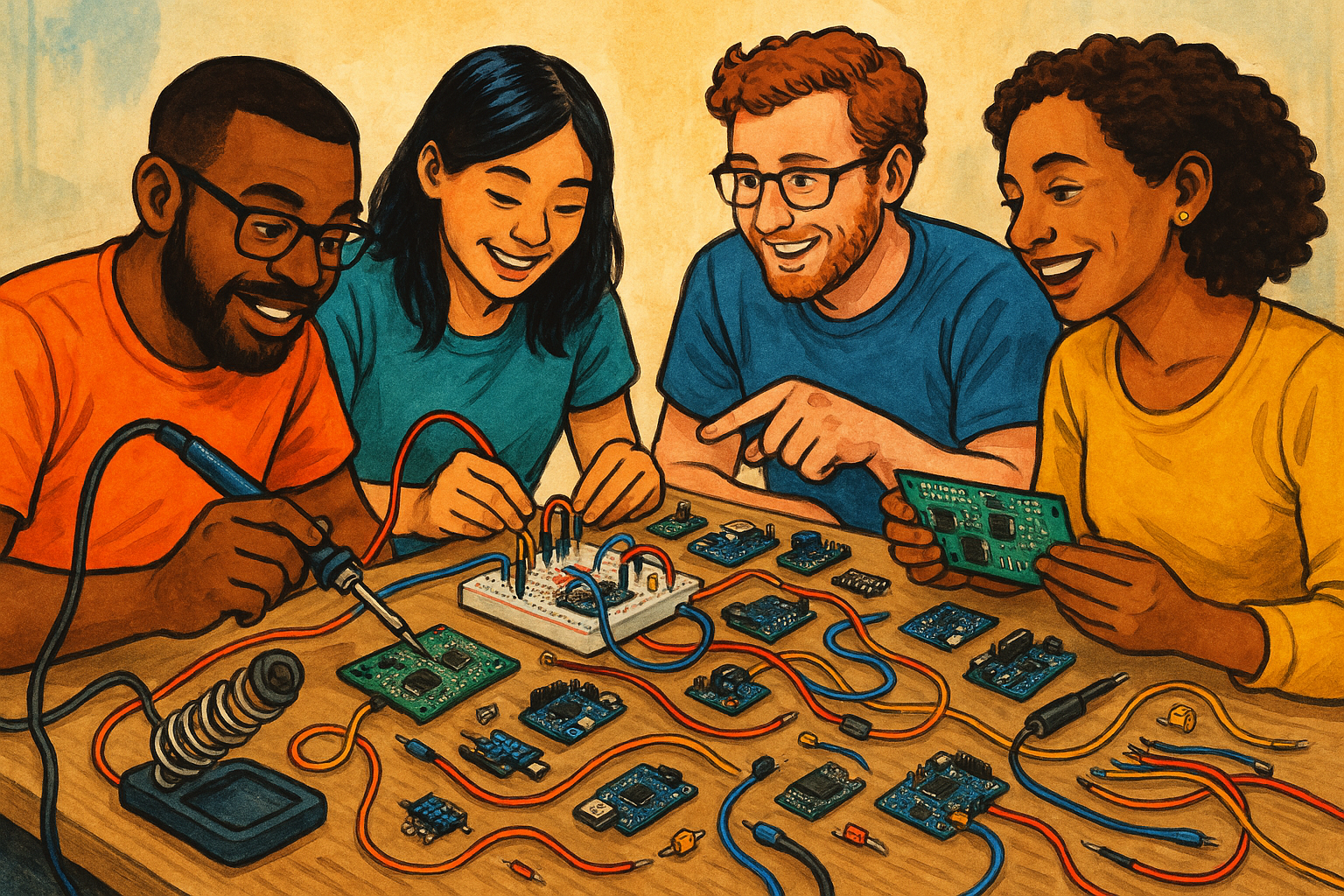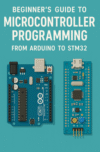When the trailers for Brad Pitt’s upcoming Formula 1 movie dropped, people immediately latched onto the drama of high-speed racing, the roar of engines, and the glamorous world of the paddock. What most viewers won’t realize, though, is that behind every flashy overtake and perfectly timed pit stop lies a world of invisible work—work done by embedded systems engineers who live and breathe inside that garage. If the film captures the tension of racing, then my day-to-day reality is what makes that tension possible.
Being an embedded systems engineer in F1 is like being the nervous system of the car. You don’t build the skeleton—that’s the chassis guys. You don’t provide the muscles—that’s the power unit team. But you connect everything together so it actually functions as one living, breathing machine. My day starts with telemetry, not coffee. The car rolls out for practice, and suddenly my screens light up with a flood of data: engine temperatures, brake pressures, battery state of charge, gear-shift timings. Each value streaming in tells me if the firmware is behaving as intended or if a subtle miscalculation might become a catastrophic failure at 190 miles per hour.
That’s the part the Brad Pitt movie hints at—the relentless preparation behind the glamour. While the driver straps in, my world is about firmware updates to the ECU, checking that the CAN bus chatter is clean, and ensuring redundant safety systems are armed. If the hybrid system doesn’t deploy energy at exactly the right moment on a straight, we lose a tenth of a second. In a midfield battle, that’s the difference between points and obscurity
A typical weekend is split between crisis management and fine-tuning. Friday, I’m debugging why a sensor decided to stop reporting mid-session. Saturday morning, I’m rewriting a control algorithm because we discovered a slight oscillation in the brake-by-wire system. Sunday, during the race, my role shifts to being half-engineer, half-air traffic controller.
Every line of code I’ve touched during the week now comes alive in real-time data streams, and I’m watching like a hawk for any anomaly: a voltage spike, a timing jitter, a misfire warning. If something goes wrong, you don’t get hours to fix it—you get seconds to decide whether the car can continue or needs to retire.
The Brad Pitt movie dramatizes the mental pressure of racing, and that’s exactly what we feel in the garage too. It’s not just the driver who races on instinct; engineers do too, except our battlefield is code, circuits, and diagnostics. And unlike a normal software job where a bug means a patch next week, in F1 a bug can mean the end of a race, millions lost in sponsorship value, and a very public spotlight on your mistake.
Yet, when it works—when your algorithms sync perfectly with mechanical reality—the feeling is electric. You see your car flying through corners, the telemetry lines running smooth and clean, and you know your invisible fingerprints are on every single lap. Pitt’s character might be the grizzled veteran driver, but if the film shows what it’s really like, it will also capture the quiet triumph of engineers who never touch the steering wheel but help win the race all the same.
Because in Formula 1, embedded systems aren’t just hidden code. They’re the pulse of the car. And living inside that pulse, day after day, is as thrilling as any Hollywood chase scene.



